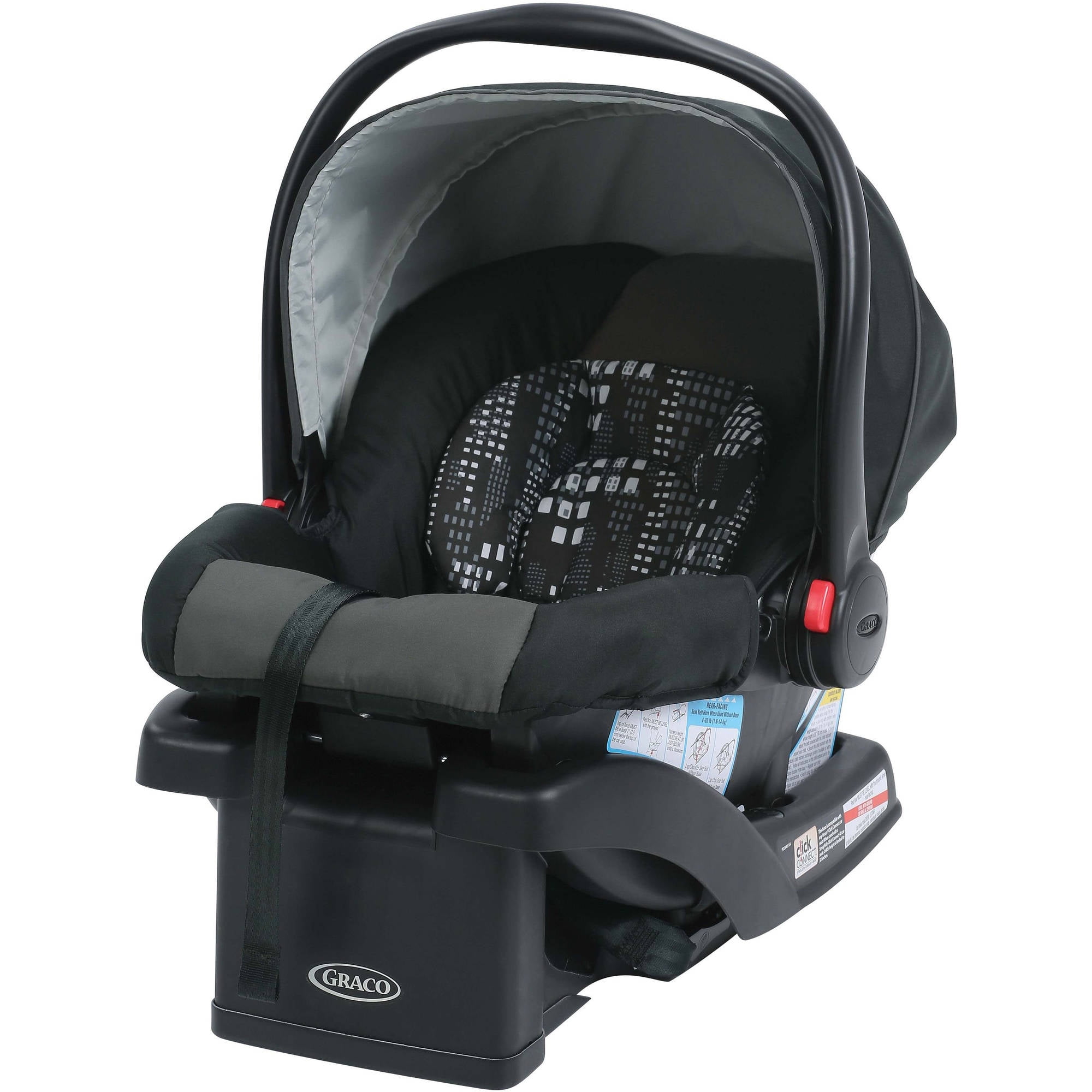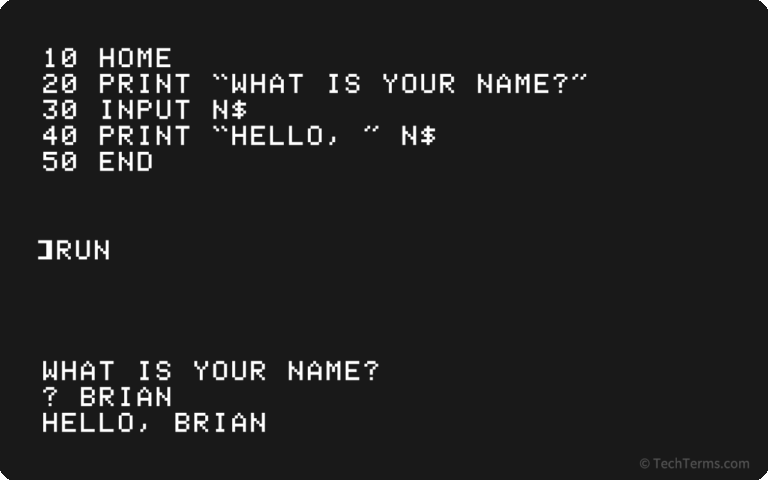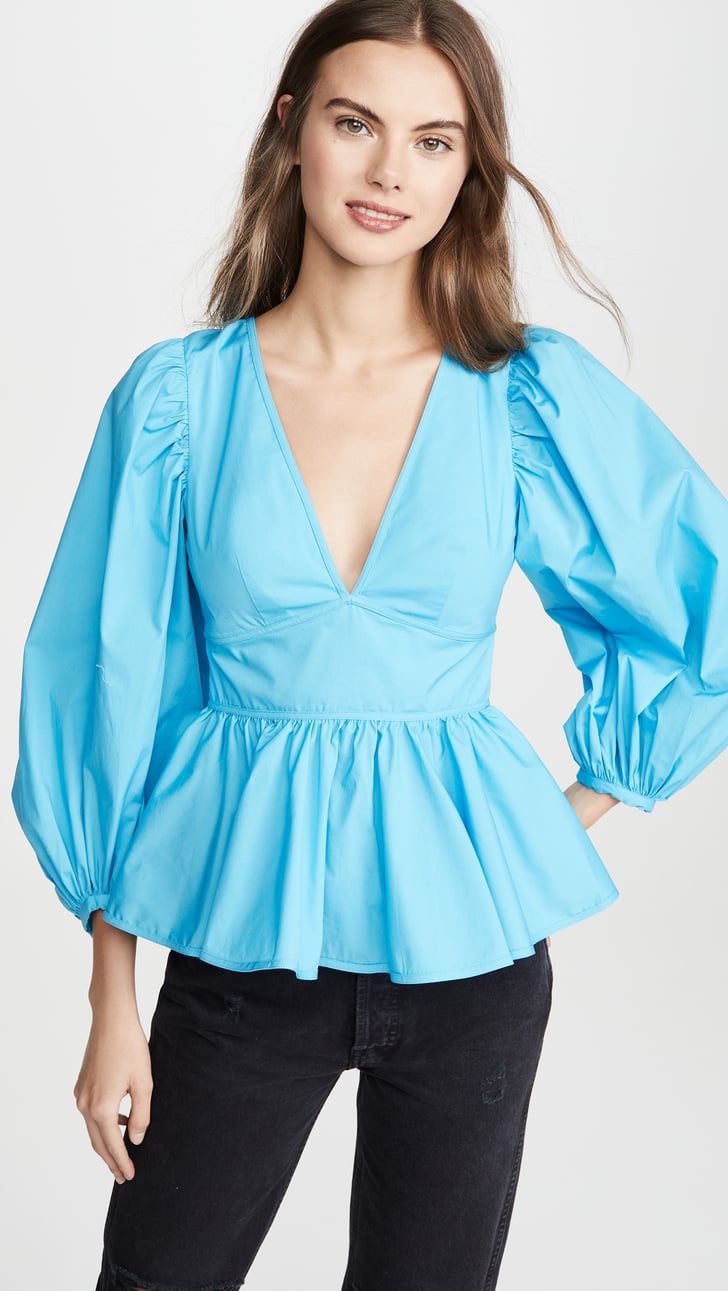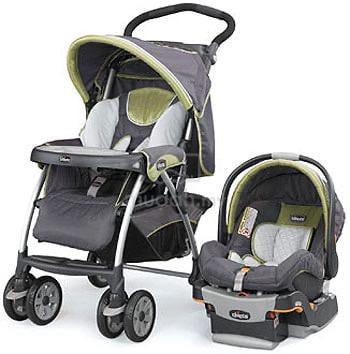Infant Car Seat Brands: A Comprehensive Guide to Choosing the Safest Ride
Infant Car Seat Brands: A Comprehensive Guide to Choosing the Safest Ride cars.truckstrend.com
Bringing a new baby home is an exciting, transformative experience, filled with joy, anticipation, and a healthy dose of parental responsibility. Among the myriad of preparations, ensuring your newborn’s safety during travel is paramount. This is where the infant car seat comes into play – not just a convenience, but a critical piece of safety equipment designed to protect your most precious cargo. With a bewildering array of options on the market, understanding the landscape of Infant Car Seat Brands is essential for making an informed decision that prioritizes safety, comfort, and ease of use. This comprehensive guide will navigate you through the world of infant car seats, helping you select the perfect brand for your family’s needs.
Understanding Infant Car Seats: Why Brand Matters
Infant Car Seat Brands: A Comprehensive Guide to Choosing the Safest Ride
An infant car seat is specifically designed for newborns and small babies, typically used rear-facing only, and often comes with a separate base that remains installed in the vehicle. This allows for easy click-in and click-out functionality, enabling parents to transport a sleeping baby from car to stroller or home without disturbance.
While all car seats sold in the United States must meet stringent federal safety standards (FMVSS 213), the choice of brand goes beyond mere compliance. Reputable brands invest heavily in research and development, innovative safety features, advanced materials, and rigorous voluntary testing that often exceed minimum requirements. They also offer varying levels of comfort, ease of installation, compatibility with strollers, aesthetic appeal, and customer support. A brand’s reputation is built on a track record of safety, reliability, and user satisfaction, making brand selection a significant factor in ensuring your child’s well-being.
Key Factors to Consider When Choosing an Infant Car Seat Brand
Before diving into specific brands, it’s crucial to understand the criteria that differentiate them and should guide your decision-making process:
- Safety Standards & Certifications: While all seats meet FMVSS 213, look for brands that highlight additional safety features like anti-rebound bars, load legs, side-impact protection, and energy-absorbing foam. Certifications from independent bodies like JPMA (Juvenile Products Manufacturers Association) can also offer added assurance.
- Ease of Installation: A car seat is only safe if installed correctly. Look for brands known for intuitive installation systems, clear indicators (like bubble levels or color-coded indicators), and easy-to-use LATCH connectors or seat belt paths. Many brands offer video tutorials or virtual assistance.
- Comfort & Fit for Baby: Consider plush padding, breathable fabrics, infant inserts for newborns (which should be removed as the baby grows), and smooth harness adjustability. A comfortable baby is a happy traveler.
- Compatibility with Strollers (Travel Systems): Many parents opt for a "travel system," where the infant car seat seamlessly clicks into a compatible stroller frame. If this is a priority, choose a brand that offers this integration or ensures cross-brand compatibility with adapters.
- Ease of Cleaning: Babies are messy. Removable, machine-washable fabrics are a huge plus. Check how easy it is to remove and reattach the seat cover.
- Weight & Portability: If you plan to frequently carry the car seat with your baby in it, consider the weight of the carrier itself. Some brands offer lighter models without compromising safety.
- Price & Value: Infant car seats range from budget-friendly to premium. Determine your budget, but remember that a higher price doesn’t always equate to superior safety. Focus on features that matter most to you.
- Longevity/Expiration Date: All car seats have an expiration date (typically 6-7 years from the manufacturing date). This is due to material degradation and evolving safety standards. Ensure the seat’s expiration date allows for ample use.


Leading Infant Car Seat Brands: An Overview
The market offers a diverse range of reputable brands, each with its unique selling propositions. Here’s a look at some of the most popular and trusted names:

Chicco: Renowned for its exceptional ease of installation, the Chicco KeyFit 30 and KeyFit 35 are perennial favorites. Their "ReclineSure" leveling foot and "RideRight" bubble levels make achieving the correct angle simple, while the "SuperCinch" LATCH tightener provides a secure fit with minimal effort. Chicco seats are known for being user-friendly and reliable, often bundled in travel systems.
-
Graco: A household name in baby gear, Graco offers a wide array of infant car seats, most notably the SnugRide series (SnugRide SnugFit 35, SnugRide Lite LX). Graco seats are praised for their affordability, widespread availability, and compatibility with numerous Graco strollers, making them a popular choice for budget-conscious parents seeking comprehensive travel systems. They focus on practical features and a good balance of safety and value.
-
Nuna: As a premium brand, Nuna (e.g., PIPA series: PIPA lite RX, PIPA urbn) stands out for its sleek, European design, lightweight construction, and commitment to using flame-retardant-free fabrics. Nuna seats often feature a rigid LATCH system for easy and secure installation, and a stability leg for added anti-rotation protection. They are highly sought after for their aesthetic and advanced safety features.
-
Cybex: Another high-end European brand, Cybex infant car seats (e.g., Cloud Q, Aton G Swivel) are known for their innovative safety features, such as the Load Leg for stability and SensorSafe technology (integrated into the chest clip to alert parents to unsafe situations). The Cloud Q even offers a unique recline feature when used outside the car, providing a more ergonomic position for the baby.
-
Britax: A leader in car seat safety, Britax infant seats (e.g., B-Safe Gen2 FlexFit) are recognized for their robust construction, often incorporating steel frames and patented SafeCell Impact Protection that compresses to absorb crash energy. Britax prioritizes superior side-impact protection and secure installation, making them a top choice for safety-focused parents.
-
UPPAbaby: Known for its high-quality strollers, UPPAbaby’s MESA infant car seat seamlessly integrates with their strollers (like the VISTA and CRUZ) without the need for adapters. The MESA features a unique "SMARTSECURE System" with a red-to-green indicator for correct installation and a self-retracting LATCH system. It also offers a merino wool fabric option, naturally fire-resistant and breathable.
-
Maxi-Cosi: With a strong European heritage, Maxi-Cosi (e.g., Mico 30, Mico Luxe) is recognized for its stylish designs, plush fabrics, and "Air Protect" side-impact protection technology. They offer lightweight options and are compatible with a wide range of strollers, making them a versatile choice for modern parents.
-
Evenflo & Safety 1st: These brands offer reliable, budget-friendly options that meet all safety standards. They are often good choices for parents seeking solid performance without premium features.
How to Choose the Right Brand for Your Family
Selecting the "best" infant car seat brand is a personal decision based on your specific needs and lifestyle:
- Assess Your Lifestyle: Do you live in a city and frequently use ride-shares, requiring a lightweight, baseless option (like some Nuna or Cybex models)? Or do you primarily drive, valuing a robust travel system for suburban life?
- Consider Your Vehicle: Some car seats fit better in certain vehicles. Check the car seat dimensions and reviews specific to your car model.
- Set a Budget: Determine how much you’re willing to spend. Remember, all new car seats meet safety standards, so even budget-friendly options are safe.
- Read Reviews and Watch Videos: Beyond brand reputation, look at specific model reviews. Installation videos can be incredibly helpful in understanding the ease of use.
- Check for Stroller Compatibility: If a travel system is on your wish list, verify direct compatibility or the availability of adapters.
- Visit a Store: If possible, try installing the car seat in your vehicle (with store permission) and check how your baby fits in the seat (once they arrive, or with a doll).
Practical Tips for Infant Car Seat Use and Maintenance
- Always Register Your Car Seat: This ensures you receive important safety updates and recall notifications.
- Check Expiration Dates: Never use an expired car seat. The plastics can degrade over time, compromising safety.
- Never Buy Used (Unless You Know Its History): A used car seat could have been in an accident, have missing parts, or be expired. It’s best to buy new.
- Proper Harness Fit: The harness straps should be snug (you shouldn’t be able to pinch any excess webbing at the shoulder), and the chest clip should be at armpit level.
- Rear-Facing as Long as Possible: Keep your child rear-facing until they reach the maximum weight or height limit for their infant or convertible car seat.
- Cleaning: Follow the manufacturer’s instructions for cleaning the seat fabric and harness. Harsh chemicals can damage materials.
- Post-Accident Replacement: Most car seat manufacturers and safety experts recommend replacing a car seat after any moderate to severe crash, even if the child was not in it.
Potential Challenges and Solutions
- Installation Difficulty: This is the most common car seat mistake. Solution: Read the manual thoroughly, watch official installation videos, and consider visiting a certified Child Passenger Safety Technician (CPST) for a free inspection.
- Bulkiness/Weight: Some premium seats can be heavy. Solution: If portability is key, look for "lite" versions or models specifically advertised as lightweight.
- Cost: High-end brands can be expensive. Solution: Look for sales, consider travel system bundles, or opt for a mid-range brand that still offers excellent safety and features.
- Fit in Smaller Cars: Larger car seats might not fit well in compact vehicles. Solution: Research dimensions and test fit in your car if possible.
- Baby Outgrowing Too Quickly: Infant seats have limited height/weight ranges. Solution: Ensure your chosen seat has generous limits, and plan for the transition to a convertible car seat when your baby outgrows the infant seat.
Infant Car Seat Brands: Typical Price Range & Key Differentiating Features
| Brand | Typical Price Range ($) | Key Differentiating Feature(s) |
|---|---|---|
| Chicco | $200 – $300 | Easiest installation with SuperCinch LATCH and ReclineSure leveling. User-friendly. |
| Graco | $100 – $250 | Affordable, widely available, extensive travel system options. Good value. |
| Nuna | $350 – $500+ | Lightweight design (PIPA lite), rigid LATCH, stability leg, flame-retardant free fabrics, sleek aesthetics. |
| Cybex | $350 – $550+ | Load leg, SensorSafe technology, unique recline feature (Cloud Q), advanced safety features. |
| Britax | $200 – $350 | Steel frame, SafeCell Impact Protection, superior side-impact protection, robust build. |
| UPPAbaby | $300 – $400 | Seamless integration with UPPAbaby strollers, SMARTSECURE installation system, merino wool options. |
| Maxi-Cosi | $200 – $350 | Air Protect side-impact protection, stylish designs, plush fabrics, lightweight options. |
| Evenflo | $100 – $200 | Budget-friendly, reliable, good entry-level options. |
| Safety 1st | $100 – $200 | Economical choices, often bundled in travel systems, basic safety and comfort. |
Note: Prices are approximate and can vary based on model, retailer, sales, and specific features.
Frequently Asked Questions (FAQ)
Q: How long can an infant stay in an infant car seat?
A: Infants can stay in an infant car seat until they reach the maximum weight or height limit specified by the manufacturer, whichever comes first. This is typically around 30-35 pounds and 30-32 inches, often occurring between 9-18 months of age.
Q: When should I switch to a convertible car seat?
A: You should switch to a convertible car seat when your baby outgrows the height or weight limits of their infant car seat. Remember to keep them rear-facing in the convertible seat for as long as possible, ideally until at least age two, or until they reach the rear-facing weight/height limit of the convertible seat.
Q: Are more expensive car seats safer?
A: Not necessarily. All car seats sold in the US must pass the same federal safety standards. More expensive seats often offer additional features like easier installation, premium fabrics, advanced comfort features, or specialized anti-rebound/load leg technology. While these can enhance safety and user experience, a well-installed budget-friendly seat is just as safe as an expensive one.
Q: Can I use a car seat that has been in an accident?
A: The National Highway Traffic Safety Administration (NHTSA) recommends replacing a car seat after a moderate to severe crash. Some manufacturers allow continued use after a minor crash if specific criteria are met (e.g., no visible damage, air bags did not deploy, vehicle was drivable). Always check your car seat’s manual and the manufacturer’s specific guidelines.
Q: What is LATCH?
A: LATCH stands for Lower Anchors and Tethers for Children. It’s an alternative to using the vehicle’s seat belt for car seat installation. Most vehicles manufactured after September 1, 2002, and all car seats manufactured after that date have LATCH systems. It’s designed to make installation easier and more consistent.
Q: How do I know if the car seat is installed correctly?
A: A correctly installed car seat should not move more than one inch in any direction at the belt path (where the LATCH strap or seat belt goes through the car seat). Ensure the car seat is at the correct recline angle for an infant (usually indicated by a level indicator on the seat). For ultimate peace of mind, have your installation checked by a certified Child Passenger Safety Technician (CPST).
Conclusion
Choosing an infant car seat brand is a significant decision that impacts your child’s safety and your peace of mind. While the market offers a vast array of options, focusing on key factors like ease of installation, safety features, comfort, and compatibility will guide you toward the right choice. Whether you prioritize cutting-edge technology, budget-friendliness, or seamless integration with your stroller, there’s a reputable brand out there for every family. Ultimately, the "best" car seat is the one that fits your child, fits your vehicle, and is used correctly every single time. By understanding the diverse offerings of leading Infant Car Seat Brands, you can confidently embark on countless safe journeys with your little one.






